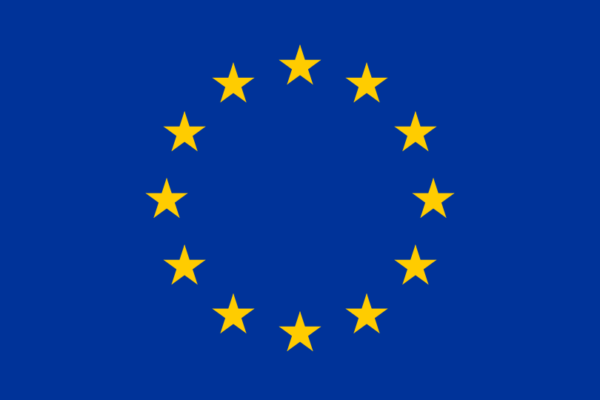Conference: Infrastructures and Inequalities: Media Industries, Digital Cultures and Politics
Venue: University of Helsinki, Finland
Paper Abstract
By Quoc-Tan Tran, University of Hamburg
Objective:
In recent years, cultural and memory institutions have been encouraging community and ordinary people to participate in the production of public memory (Crooke, 2010, 2015; Ridge, 2014). Decentralised practices such as digital storytelling, digital exhibition, participatory archive, together with the new online openness, have challenged the traditional role of memory institutions (Black, 2010; Haskins, 2007) and democratised experience (Coghlan, 2017). In this paper, we examine infrastructural qualities that facilitate openness in memory institutions from the perspective of “infrastructural becoming”, suggested by Lancione and McFarlane (2016) as a process of incremental construction. The objective is to shed light on the motivations and conditions under which memory institutions, with their assumed authorial intent, call upon non-hierarchical, collective, and participatory practices.
Methodology:
We collect a representative sample of mission statements, project description and call for participation in diverse types of memory institutions to analyse how “openness” is discussed in contemporary discourses. The conceptual mappings of infrastructural qualities are grouped into four inter-related sets:
1) Infrastructural conditions concerns circumstances and settings that have brought about new dimensions of publicness, visibility, performance and commitment
2) Infrastructural engagements concerns collective action around shared missions and values, and public resonance that help institutions to build sustainable audiences
3) Standardisation relates to standards and conventions that help shape or are being shaped by infrastructure, their universal and local aspects
4) Obstacles and barriers (financial, cultural and regulatory demands) that prevent the scaling-up, interoperability and the merging into a broader infrastructure, or simply make “infrastructure failures” (Graham, 2010)
Outcomes:
In the GLAM sector, the idea of openness is subjective and institutionally defined. In this paper, we consider its way as an “infrastructural becoming” and a contingent and provisional process: relations might change, conventions might be broken, and failures or phases of stagnation might occur. Looking at the interconnected issues of scalability, standardisation and engagement, we try to address the potential of infrastructure to reach beyond the local level. We pay attention to processes and formations that are being institutionalised, seeing them as means to envision what openness might look like, how it might promote civil dialogue and reflective participation, and redress inequality and marginalisation.
References
Black, G. (2010). Embedding civil engagement in museums. Museum Management and Curatorship, 25(2), 129–146.
Coghlan, R. (2017). ‘My voice counts because I’m handsome.’ Democratising the museum: the power of museum participation. International Journal of Heritage Studies, 24(7), 795–809.
Crooke, E. (2010). The politics of community heritage: motivations, authority and control. International Journal of Heritage Studies, 16(1-2), 16–29.
Crooke, E. (2015). The “active museum”: How concern with community transformed the museum. In S. Macdonald, H. R. Leahy, & C. McCarthy (Eds.), The international handbooks of museum studies (Vol. 2): Museum practice (pp. 481–502). West Sussex, UK: Wiley Blackwell.
Graham, S. (2010). Disrupted cities: When infrastructure fails: Routledge.
Haskins, E. (2007). Between archive and participation: Public memory in a digital age. Rhetoric Society Quarterly, 37(4), 401-422.
Lancione, M., & McFarlane, C. (2016). Infrastructural becoming: Sanitation, cosmopolitics, and the (un)making of urban life at the margins. In A. Blok & I. Farias (Eds.), Questioning cities. Urban cosmopolitics: Agencements, assemblies, atmospheres (pp. 45–62). London: Routledge.
Ridge, M. (Ed.). (2014). Crowdsourcing our cultural heritage. Surrey, England: Ashgate Publishing, Ltd.

